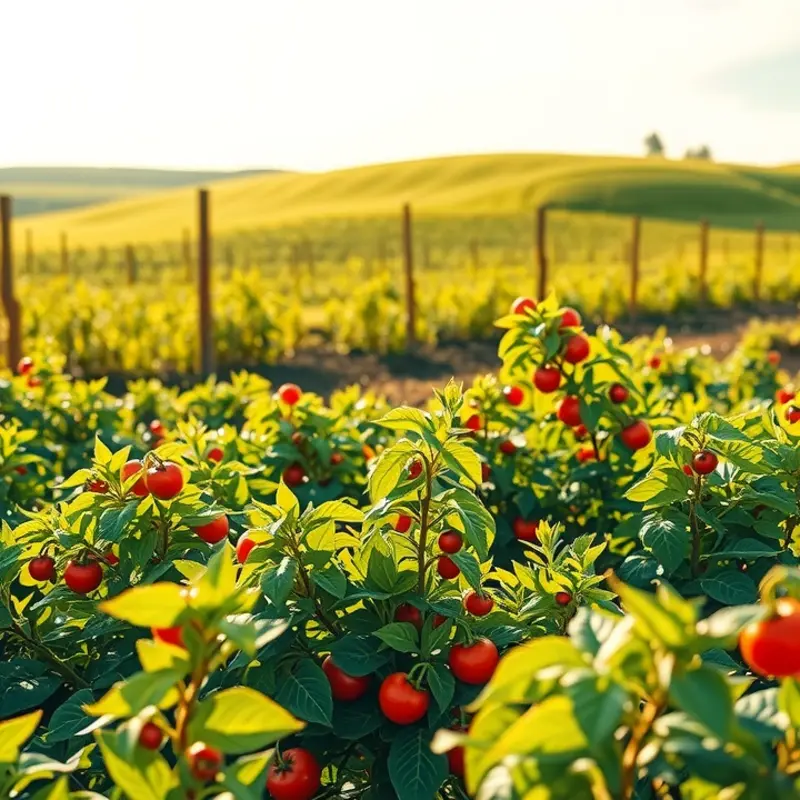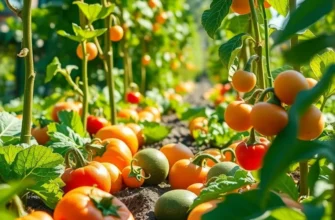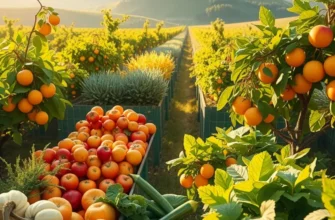The moon has long captivated cultures around the globe, inspiring numerous culinary traditions and rituals. From the harvest festivals of ancient agrarian societies to contemporary gastronomic practices, the phases of the moon serve as a guide for culinary creativity and spiritual connection. As food enthusiasts and culturally-curious individuals, delving into these traditions can unveil a rich tapestry of flavors, beliefs, and communal gatherings that reflect humanity’s enduring relationship with the moon.
Harvest Celebrations: Full Moon Festivities

The full moon has long been a source of inspiration and reverence in cultures around the world. Its luminous presence in the night sky signifies not only the culmination of a lunar cycle but also a time to celebrate the abundance of the earth. These celebrations often center around food, highlighting the strong connection between the moon, agriculture, and community.
In China, the Mid-Autumn Festival, also known as the Moon Festival, takes place on the 15th day of the eighth lunar month. Mooncakes, rich pastries filled with sweet or savory ingredients, take center stage. They are round, echoing the shape of the full moon, symbolizing reunion and completeness. Families gather to share these delicacies under the moonlight, expressing gratitude for the harvest.
In India, the festival of Sharad Purnima is celebrated on a full moon night, marking the end of the monsoon and the beginning of the harvest season. This festival is renowned for the preparation of kheer, a sweet rice pudding made with milk and rice flavored with cardamom. The kheer is traditionally left under moonlight to absorb its essence, believed to enhance its flavor and offer blessings of health and prosperity.
Similarly, in Korea, Chuseok is a major harvest festival celebrated during the full moon using traditional foods such as songpyeon, a type of rice cake filled with sesame seeds, red beans, or chestnut paste. Songpyeon is shaped by family members together, fostering a sense of community and shared gratitude. The full moon during Chuseok is seen as a symbol of prosperity and harmony.
Europe has its own version of lunar-based festivities, particularly seen in the traditions surrounding the Harvest Moon. In the United Kingdom, the Harvest Festival is a time to give thanks for the crops. Villages host communal gatherings where local produce is offered and shared. This celebration is not only about nourishment but also about community solidarity and appreciation for the natural cycles.
These full moon festivities highlight the profound relationship between the lunar cycle and human life. The moon’s gravitational pull influences the tides and has been observed to affect plant growth. Ancient agricultural societies keenly watched the moon’s phases to time their planting and harvesting activities. This understanding has been intertwined with cultural practices, making lunar rituals rich in symbolism and significance.
For more on how trade has influenced global culinary practices, you can explore this article on culinary influences.
Such celebrations around the full moon remind us of the importance of gratitude for nature’s bounty. Through sharing and communal activities, these traditions reinforce bonds between individuals, families, and the larger community. As we partake in these age-old rituals, we are connected to our ancestors and the cycles of the earth, celebrating the enduring influence of the moon on our lives.
New Moon Beginnings: Ritual Foods for Reflection

The new moon marks a time of renewal and fresh starts, and various cultures embrace this celestial event through distinctive culinary traditions. Each new moon is an opportunity for reflection and intention-setting, as people prepare and consume foods symbolizing purification and hope.
In Japan, the new moon is a time to savor sekihan, a dish of glutinous rice and adzuki beans. The red hue of the dish is considered auspicious, embodying the spirit of optimism for the upcoming cycle. It serves not only as a delicious treat but also as a vibrant symbol of good fortune and new beginnings.
Throughout South Asia, the new moon encourages the cooking of khichdi, a humble yet meaningful blend of rice and lentils. This dish is not just a meal; it’s a metaphor for simplicity and balance. Families gather to enjoy khichdi as part of a ritual of cleansing, aligning themselves with the lunar phase’s themes of renewal and unity.
In Native American traditions, the new moon is a time for corn-based dishes, particularly those emphasizing the corn’s natural sweetness. Hot cornbread or comforting corn soup reflects not only the sustenance provided by the harvest but also the nurturing aspect of starting anew.
Across the Mediterranean, the new moon inspires meals centered on fresh, seasonal vegetables. Greeks celebrate with horta, a medley of wild greens that represents rejuvenation, akin to the earth’s renewal in spring. Consumed with olive oil and lemon, it harmonizes with the new moon’s call for vibrant health and a fresh outlook.
Incorporating wisdom from various culinary traditions under the new moon can transform our food choices and deepen our mindfulness around eating. Embracing simplicity and intention, these meals often feature wholesome ingredients that naturally align with sustainable eating practices—consider reading more about eco-smart kitchen storage to enhance this practice.
Rooted in reflection and aspiration, these culinary traditions invite us to pause and consider our place in the world. As the moon begins its cycle, our plates reflect not only cultural legacies but also our personal hopes for the future. With each morsel, we partake in an ancient dialogue between the earth, sky, and our aspirations, enriching our understanding of nourishment in harmony with celestial rhythms.
Final words
Embracing food rituals tied to the moon reveals the interconnection between nature, culture, and culinary practices. Whether it’s the joyous gatherings during the full moon or the reflective solitude of the new moon, these traditions offer a deeper appreciation for food as a means of connection—both to the earth and to each other. As food enthusiasts, exploring these unique rituals enriches our understanding of global cuisines and the stories they tell. Next time you savor a dish, consider its lunar lineage and the hands that shaped its journey.








